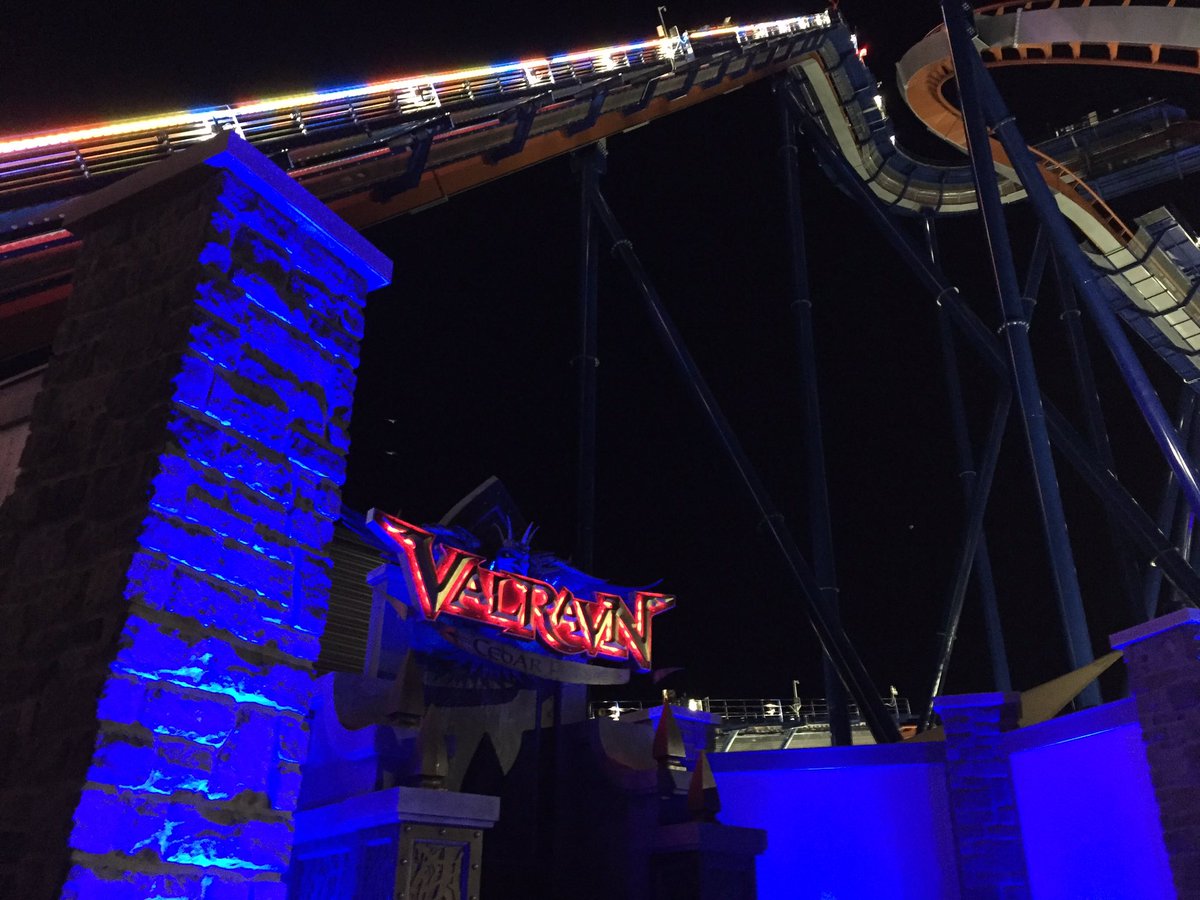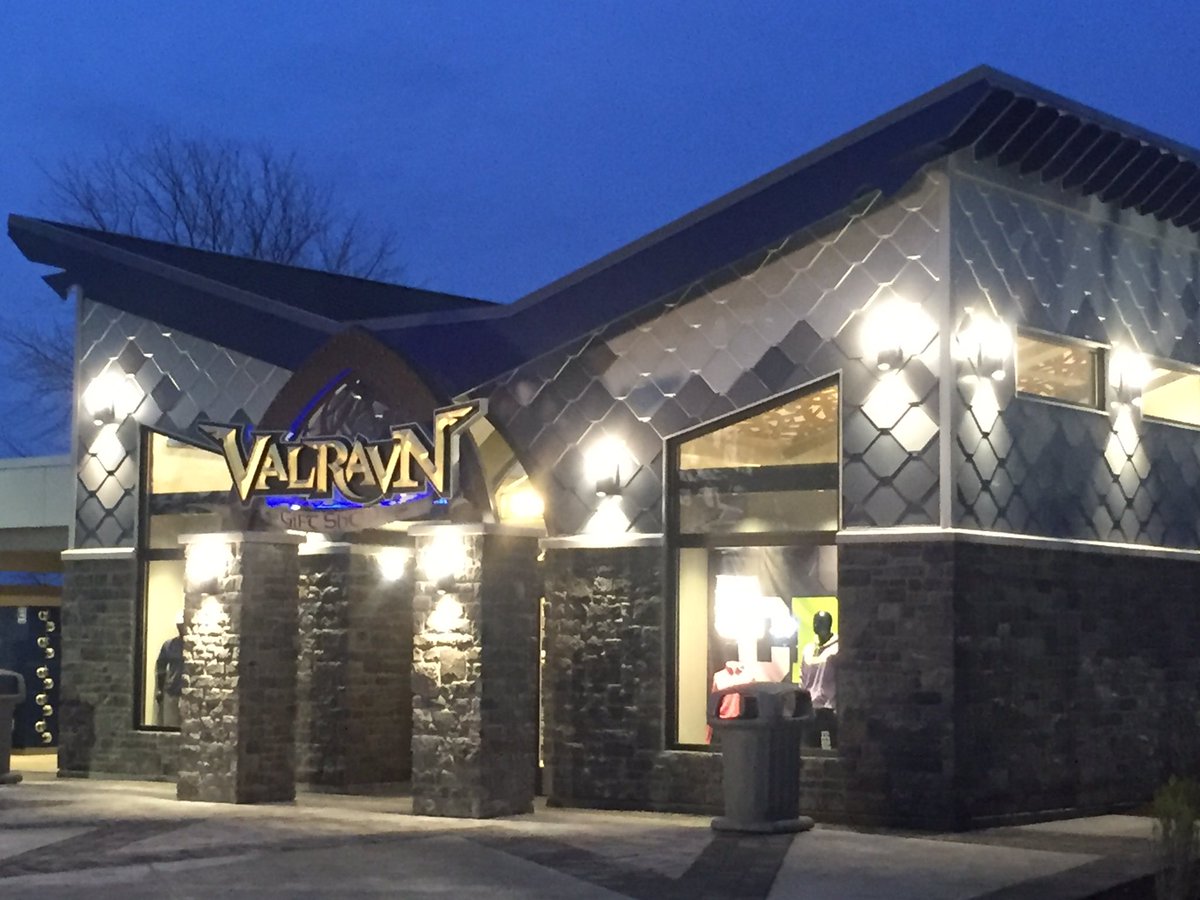Jarrett said:
it isn't really an enthusiast coaster. It's targeted at people who are just visiting the destination.
This is a concept that comes up time and time again that I never understand. What conduces an "enthusiast coaster"? Large airtime hills, fun inversions, huge drops? So... a really big, cool roller coaster?
Or rather, let me posit this as another question: Is a roller coaster that is popular with a roller coaster enthusiast popular with the "GP"? If the answer is yes, then the concept of an "enthusiast" coaster is moot: sometimes, a roller coaster will be good, and sometimes a roller coaster will be bad. But the concept of "designing" a roller coaster for a certain demographic is something I never find evidence for. (Outside of general marketing tactics and branding)
It's important to emphasize how little coaster enthusiasts matter in park planning and design. CoasterMania at Cedar Point is the "hayday" of coaster enthusiasm, and attracts what, a few thousand attendees? Let's say 15,000. That is .5% of the total Cedar Point attendance in 2014 (3,247,000). No, roller coaster enthusiasts don't have deep market penetration, nor are we a group identified as serious revenue generation. It turns out amusement parks actually are for-profit companies that need to generate revenue with new attractions to build more attractions, expand, draw in attendance, and repeat the process!
We can think of ourselves as thought leaders in what it takes to design a good roller coaster. However, as is with the Cedar Fair process, plans are made five years in advance; with deep tactics on market surveys, consumer analysis, and planning for future attractions. By operating with a centralized planning office, Cedar Fair also plans new additions as integral to neighboring CF parks, adding further complexity.
Steve Jobs may have said it best: "But in the end, for something this complicated, it's really hard to design products by focus groups. A lot of times, people don't know what they want until you show it to them."







